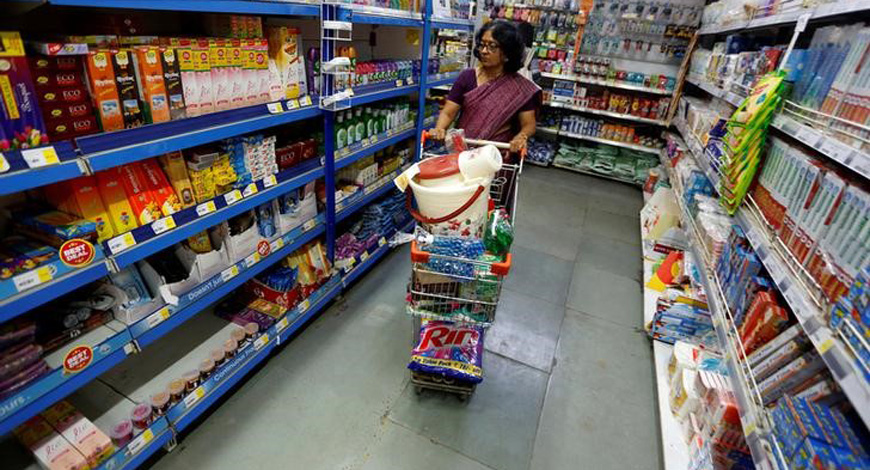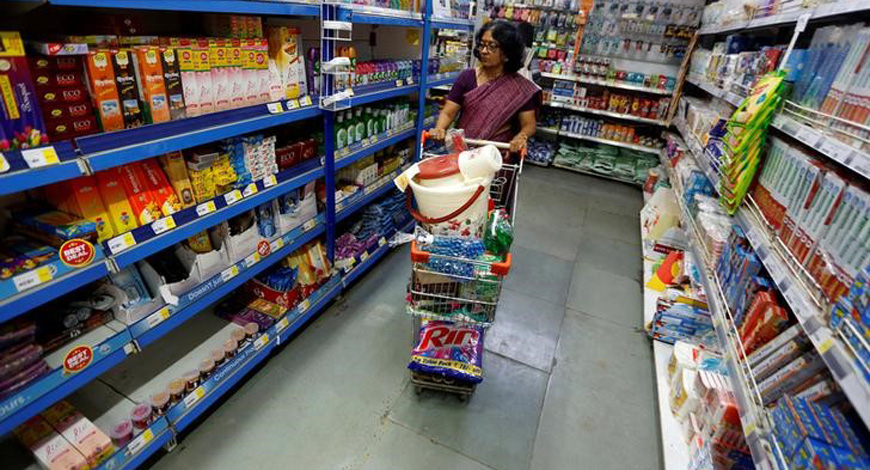
It has rightly been said that, “the customer is the king of the market”. However, pleasing your customers is quite a task to accomplish. With every passing day, customer behaviour and customer expectations fluctuate. In order to monitor and keep up with the trends, it is essential nowadays for all retailers to have technological support to make their products available on different platforms. The impact of technology on the Retail sector cannot be overlooked, and the cut throat competition has ushered in radical changes in this industry. As a result, we can see a visible shift from an unorganised pattern to an organised one in the trends that have been shaping this sector. A brief glimpse towards 2019 and we are even able to predict the leading trends for next year. Here are a few of them:
Online Retail
The concept of Online Retail is evolving rapidly. This trend involves selling goods or services via the internet. With the advent of a variety of platforms on which products are available, the customers have the liberty to choose their preferred device for online shopping. While one customer may browse your website on a mobile phone, another may use a laptop or personal computer for the same. It is therefore, necessary to make your product available on the internet. While most retailers have websites for their stores, few realise that the website must be made user-friendly across all devices. We can thus predict that in the coming year the focus on Omni-Channel Retail will be significant.
Cashier-Less Model
Another upcoming trend which is likely to gain a lot of limelight in 2019 is the Cashier-Less Model of retail, such as those implemented in online retail portals. Apart from facilitating efficiency in operations, Cashier-Less transactions also allow the customer the option of shopping from the convenience of their own homes. The ease of access it offers to both the retailers and the customers is what makes it all the more attractive. While many retailers have already adopted this model, many others – including the small outlets – are still in the process of adopting it.
Augmented and Virtual Reality
Virtual Reality (VR) is currently used in the Retail Industry for everyday functions, such as, shelf assortment, store design and layout. In the meantime, Augmented Reality (AR) provides the retailers with valuable data in terms of customer analytics and customer behaviour. The usage of AR and VR technologies in the Retail Industry is anticipated to become more aggressive in the upcoming year.
Big Data
Big Data is another important technology which is likely to develop further to better the processes implemented in the Retail Industry. It is used in monitoring and analysing buying patterns and trends. It can also be employed in identifying potential customers, thus allowing retailers to target their products at specific audiences. In addition, it helps in analysing customer expectations to allow retailers to provide a better range of products.
Ethical Practices
Apart from these technological changes, the Retail Industry needs to increase its emphasis on ethical practices. With the growing awareness among a majority of the Millennial customers, it has been seen that those brands who have associated themselves with ethical practices have received greater turnovers. Companies are thus opting to take their Corporate Social Responsibilities seriously. Millennials want to contribute to the betterment of society, which drives them to be associated with a company which proactively engages in social work and adopts ethical practices.
Thus to summarise, we see that technology is going to be at the heart of the trends shaping the Retail Industry in the years to come. The competition is going to be ever increasing and in order to sustain in such an environment, retailers have to make a shift from a traditional approach to a modern one. The introduction of new technologies is all set to take the Retail world by storm.
Disclaimer: The views expressed in the article above are those of the authors’ and do not necessarily represent or reflect the views of this publishing house. Unless otherwise noted, the author is writing in his/her personal capacity. They are not intended and should not be thought to represent official ideas, attitudes, or policies of any agency or institution.

